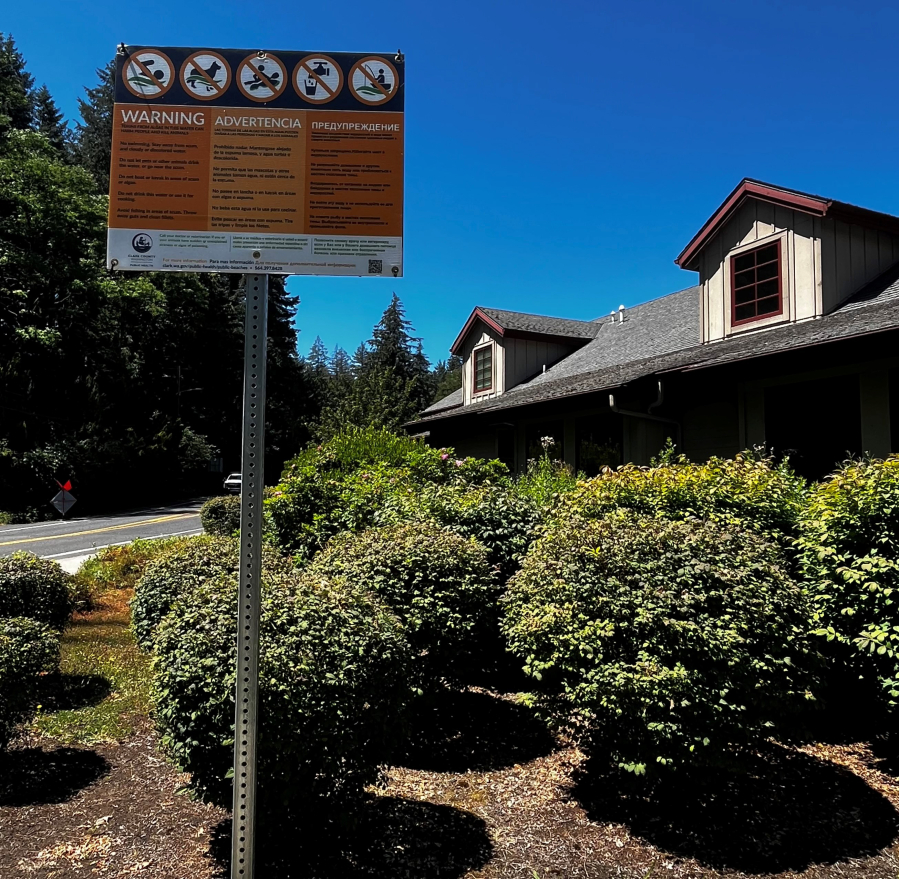The city of Camas is expected to begin treating Lacamas Lake this week in an effort to stave off future toxic algal blooms.
Camas Public Works Director Steve Wall told Camas City Council members Monday, during the Council’s workshop, that the City would likely add “a light dose” of a chemical that binds phosphorus in the water — making it unavailable to stimulate excess growth of toxic algae — this Friday, despite the fact that the lake has had lower-than-expected levels of phosphorus so far this summer.
“The conditions in the lake are different than they have been in the past,” Wall said. “Oftentimes, it depends on the weather. It sounds like maybe milder weather in the spring has pushed conditions you might see earlier to, probably, later in the season.”
Wall said other water professionals he’s spoken to have reported similar scenarios in Washington and Oregon this year, with lower levels of phosphorus in the water making the need for a springtime application of a phosphorus-binding chemical unnecessary.
“It’s not uncommon,” Wall said. “A lot of lakes in Washington are acting very similar. They haven’t seen the need yet. Lake Oswego (Lake in Oregon) is one of those. Typically, they’d be treating (the lake) a little earlier.”



